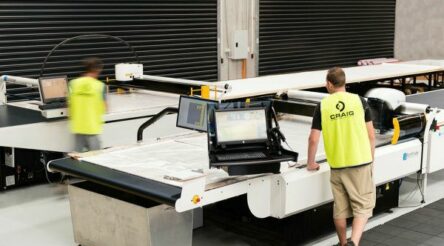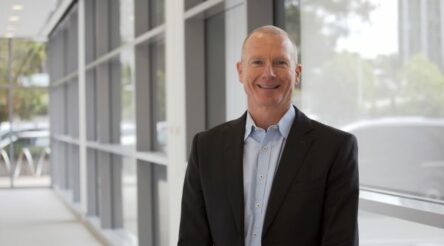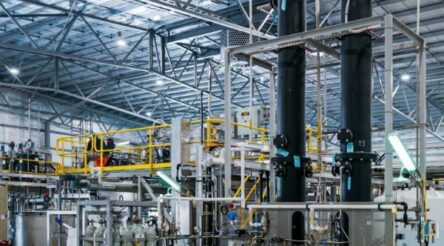Australia faces massive renewables challenge and opportunity – Robert Sobyra

The scale of the renewables boom facing Australia is becoming clearer, with the task emerging as a vast one which carries with it vast opportunities.
According to the Head of Policy with the Australian Constructors Association Robert Sobyra: “The renewables boom has just begun.
“The 12 months to March 2023 saw a record $20 billion worth of electricity projects commenced across Australia.”
Sobyra took to social media to note that the vast majority of this work had been commissioned by the private sector.
“Don’t be fooled – the net zero transition will be led by private investment, just like the mining boom.
“This is why clear policy signals are more important than direct public investment.
“It’s also why the task of coordinating the transition will be much harder than most people realise.”
Sobyra said Australia’s net zero targets had finally been set, but the country was still in a policy vacuum when it comes to delivery.
“How many resources will this build-out require, what types and where?
“The best answer so far is in some Construction Skills Queensland (CSQ)/CSIRO research released last year but it only covers labour and Queensland.
“The bigger question is where will these resources come from – haven’t heard a good answer to that question yet.
“What we need is planning, and lots of it – let’s get on with it.”
The CSQ/CSIRO research found that meeting Queensland’s renewable energy aspiration would require up to a 50-fold increase in renewable electricity assets by 2050, according to CSIRO modelling.
It would mean growing the state’s installed renewable capacity from a modest 3.8GW to as much as 196GW.
This renewables transition would see as much as $14 billion in capital investment each year on average between 2021 and 2050, translating into an additional 27,000 construction jobs across the state.
Electrifying the state’s everyday lives could remove around half or more of existing emissions.
This will require an increase in electrification from 25 percent today to an estimated 70 percent by 2050 – and most of that electricity will need to be sourced from renewables like solar and wind.
Producing clean hydrogen in one location and shipping it to another will be a big part of the solution to these imbalances.
Image: Robert Sobyra
@aumanufacturing Sections
Analysis and Commentary Awards Defence Manufacturing News Podcast Technology Videos










